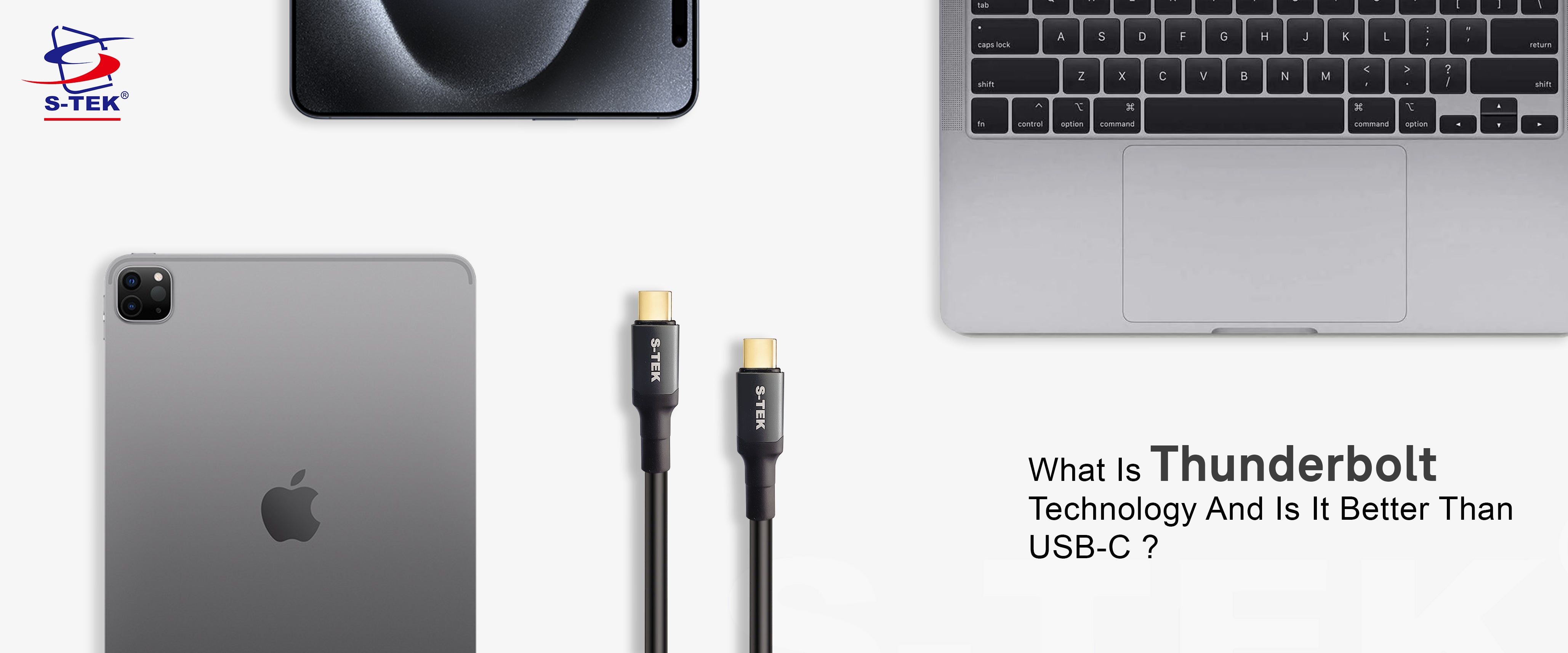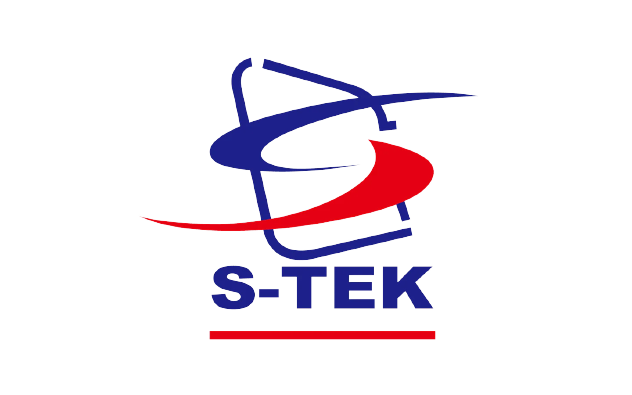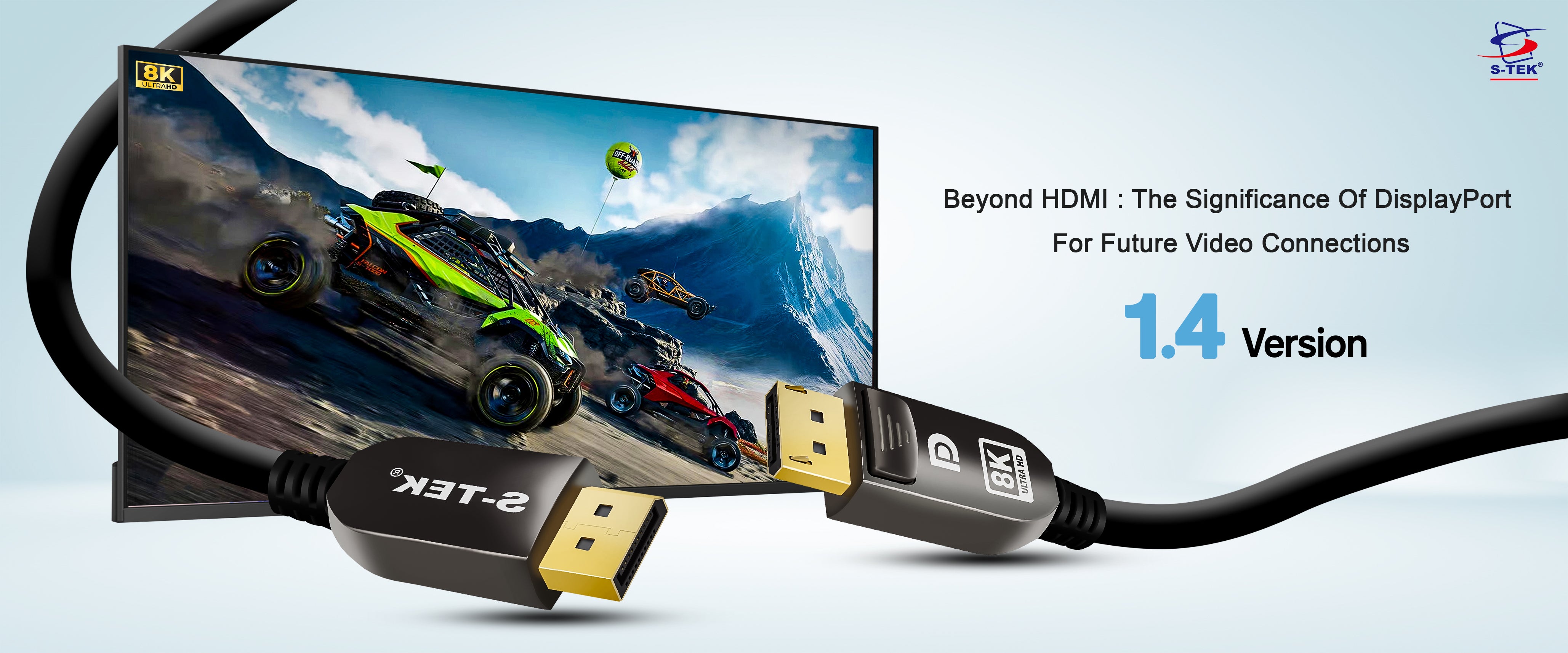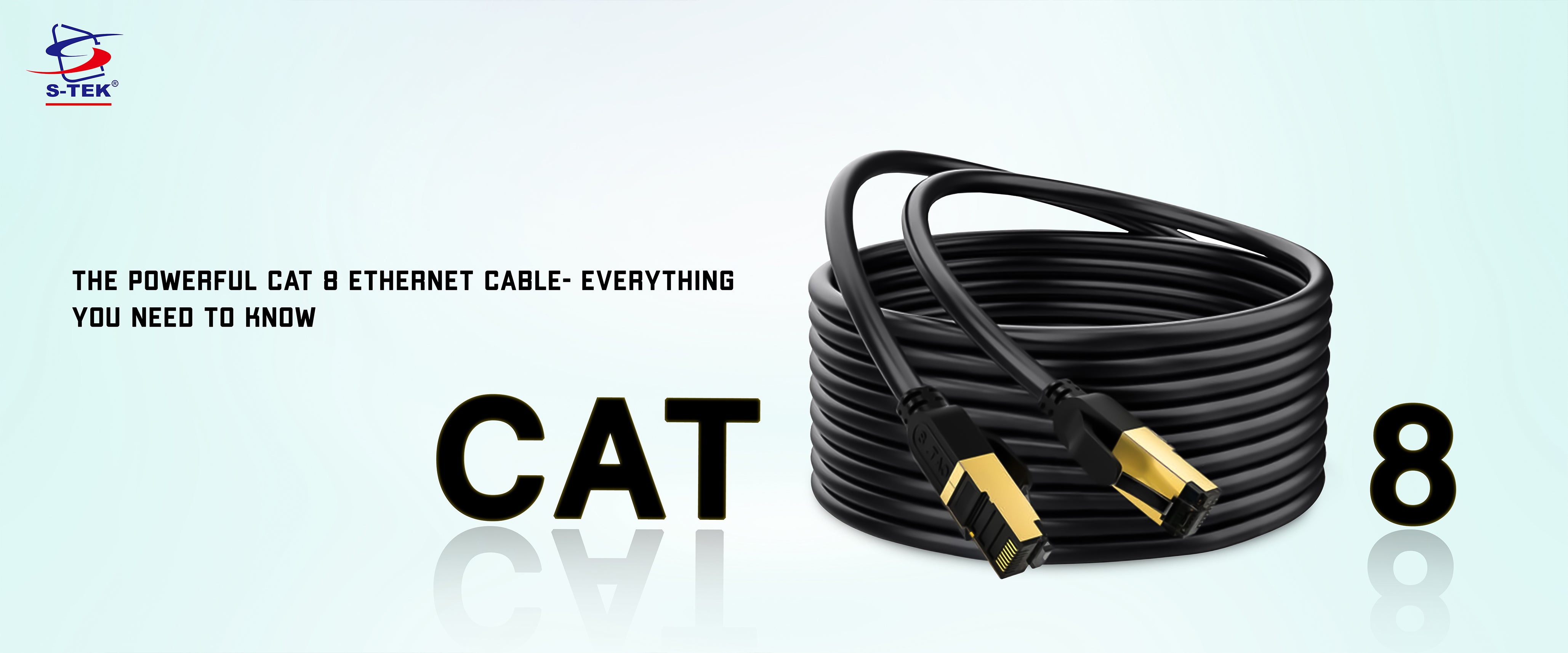
What is Thunderbolt Technology and Is it Better than USB-C?
If you are wondering what is Thunderbolt technology and how it is better than USB- Type C, then you are at the right place. With Thunderbolt technology, data throughput and mobility are extended well beyond what standard USB-C connections can provide, thereby changing the game. Because of their similar physical appearance, Thunderbolt and USB-C are sometimes confused for one another. However, they are two different technologies, each with special uses and characteristics. Introduced in 2011, the refined technology has various versions, which we will discuss in the blog while focusing on how different it is than USB- Type C. If you are planning to purchase a device that provides you with seamless high-speed data transfers, then ensure you read the blog till the very last line.
What is Thunderbolt Technology?
Manufactured by Intel and Apple, Thunderbolt technology aims to provide you with rapid data transfers, video output and power delivery in a single port. Launched in 2011, the Thunderbolt technology has come up with latest variations, including Thunderbolt 3 and Thunderbolt 4. Following the timeline, launched in 2015, Thunderbolt technology 3 featured a USB-C connector that provided a maximum data transfer of 40 GB/s along with 15W of power for running accessories. While supporting a 4K display, it is compatible with USB 4 specifications.
Meanwhile, Thunderbolt technology 4 was released in 2020, which had the same maximum data transfer speed as the previous and provided similar power for the accessories. However, it has higher bandwidth speed and can support two 4K displays. If you are wondering, the latest versions are compatible with Thunderbolt 2, then the answer would be no. At Least not without a helping hand, i.e using an overpriced adapter. As of now, the latest version is Thunderbolt technology 4, however, there have been speculations that the newest version is likely to be released in 2024 or 2025.
Key Features of Thunderbolt Technology
Thunderbolt is known for its lightning-fast file transfers and data streaming due to its remarkable data transfer rates, which may reach up to 40Gbps.
Daisy-chaining: The ability to daisy-chain many devices in a single sequence is one of Thunderbolt's distinguishing features. This implies that a single Thunderbolt port may power a chain of peripherals, including external disks, displays, and other devices.
Support for Both Data and Display Simultaneously: Thunderbolt ports have the capacity to manage data transfer and video output at the same time, enabling connections to 4K or even 5K displays while maintaining peak data transfer speeds.
Thunderbolt's PCIe connectivity: The PCIe connectivity allows for the connecting of a variety of high-performance peripherals, such as specialist storage units or external GPUs.
Power Delivery: Certain Thunderbolt ports have the capacity to supply power, enabling the charging of compatible devices.
Thunderbolt Technology Vs USB-C
Now that we have the answer to What is Thunderbolt Technology, let's have a quick look at how Thunderbolt is different from USB-C ? The quick answer is no. Just because the latest versions are designed to be used with USB-C connectors, it certainly does not mean, they are the same. In fact, both the technologies are completely different. Here are a quick look at their differences:
Speed
When it comes to speed, it is safe to mark Thunderbolt as a winner. The latest technology, boasts data transfer rate up to 40 Gbps which is double the speed of USB-C, which provides up to 20 Gbps only. This fact right here, makes the Thunderbolt an ideal pick for transferring large files, connecting dual displays and editing videos online. However, USB-C has proven to be ideal for day-to-day tasks, including editing documents and streaming videos.
Versatility
Apart from being as fast as Flash, Thunderbolt has proven to be more suitable in handling multiple data streams, connecting external hard drives and powering demanding peripherals. On the other hand, USB-C, might not be as versatile but surely, is a convenient, all-in-one-solution for various devices.
Price and Availability
Due to high-tech Thunderbolt Technology software, it is pricey compared to other options in the market. They are also commonly limited to used on high-end laptops and desktops. Thanks for USB-C easy-to-adopt and affordability, its cables and ports are easily available for wide range of devices, including laptops, smartphones and tablets. If you are looking for a reasonable cable to charge your phone or transfer data to your laptop, simply head to our online store.
Compatibility
Although Thunderbolt and USB-C share the same connector, Thunderbolt is not compatible with all USB-C connectors. Before presuming your gadget can use Thunderbolt, be sure to check its specifications. Whichever USB-C version a device is, most USB-C ports can accept USB-C cables and devices. Nevertheless, certain features—like video output or quicker charging—might call for a particular USB-C or Thunderbolt version.
When will Thunderbolt technology ™ 5 Launch?
While the other versions of Thunderbolt cables are committed to providing uninterrupted and smooth connectivity, there has been no official announcement for the launch of the latest Thunderbolt technology. However, Intel aims to release it as soon as next year, which is 2024. According to the company’s website, the latest version is likely to provide bidirectional bandwidth up to 80 Gbps, which is twice faster than the Thunderbolt 4 technology.and super fast and eGFX connections. The new technology will be compatible with Displayport 2.1 and PCIe Gen 4. Lastly, while experiencing a large video traffic, the new improved Thunderbolt technology is capable of providing bandwidth boost up to 120 Gbps for a flawless viewing experience.
Understanding the Importance of Thunderbolt Technology
The advantage of Thunderbolt over USB-C is its capacity to increase connectivity to previously unheard-of levels of speed, adaptability, and capability. Although USB-C is a commonly used physical connector, Thunderbolt utilizes this interface's capabilities to provide a versatile, high-performance solution. Thunderbolt has data transmission speeds up to 40Gbps, which is significantly faster than USB-C.
One of its standout features is its ability to manage data, video output, power delivery, and PCIe connectivity all at once in a single port—a degree of adaptability that USB-C alone is unable to achieve. In ways that USB-C cannot match, Thunderbolt's daisy-chaining feature, which enables numerous devices to be connected in a chain through a single port, accelerates setups and simplifies processes. High-resolution display support, smooth integration of peripherals and fast data transfers. Nonetheless, it is impossible to ignore USB-C's broad usage and device interoperability. It is still a frequently used and adaptable connector type for a variety of devices.
However, Thunderbolt is an essential option for power users and demanding workflows due to its specific applications in high-performance computing, content creation, and professional settings where speed and efficiency are critical. Fundamentally, Thunderbolt technology redefines the limits of what can be done when it comes to connecting peripherals, powering devices, and transferring data. It essentially represents a higher layer of communication.
Although USB-C is a flexible connector, Thunderbolt's combination of speed, adaptability, and all-encompassing features puts it at the forefront of contemporary connecting options, satisfying the needs of users who require the highest levels of performance and efficiency.


